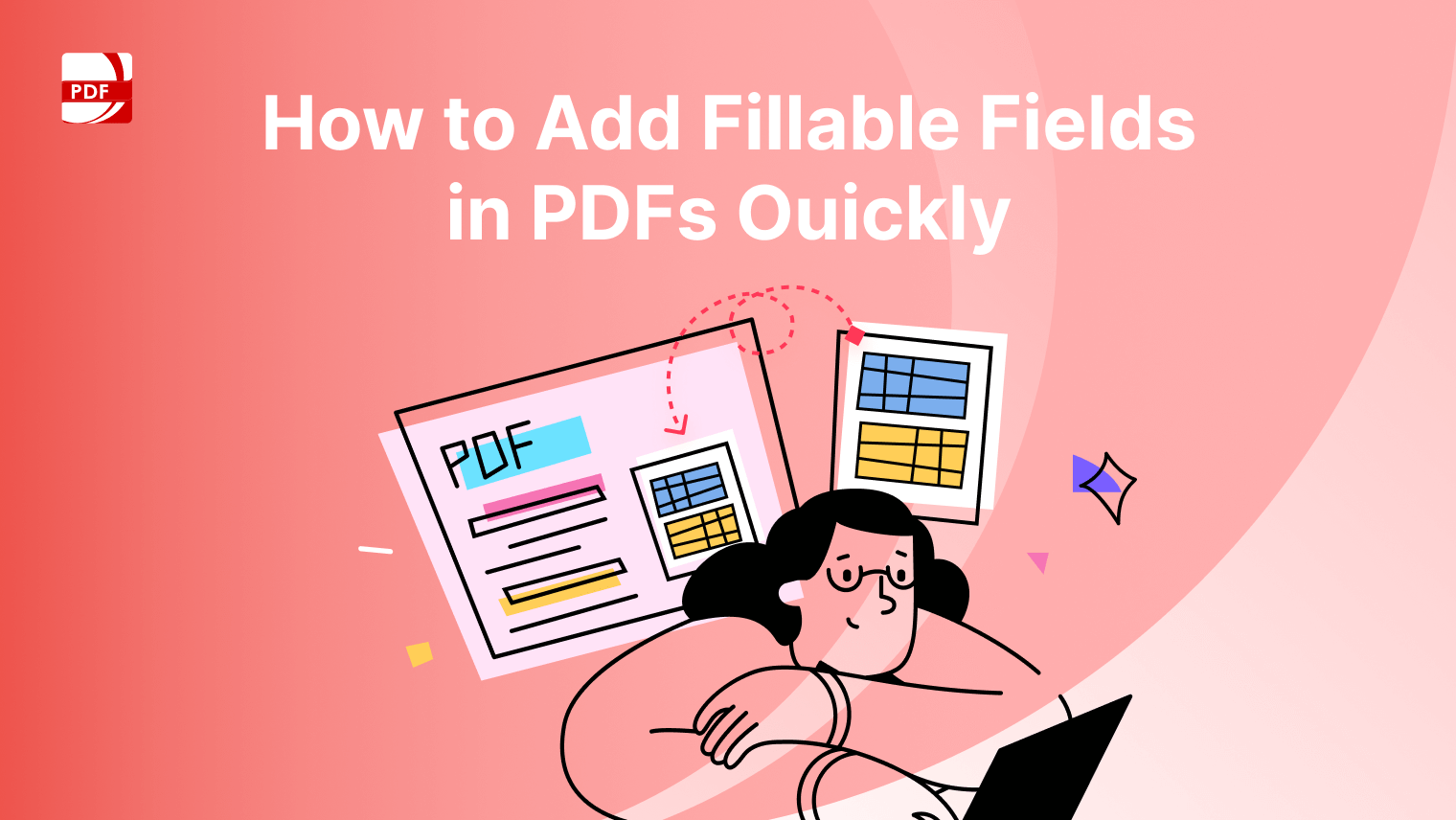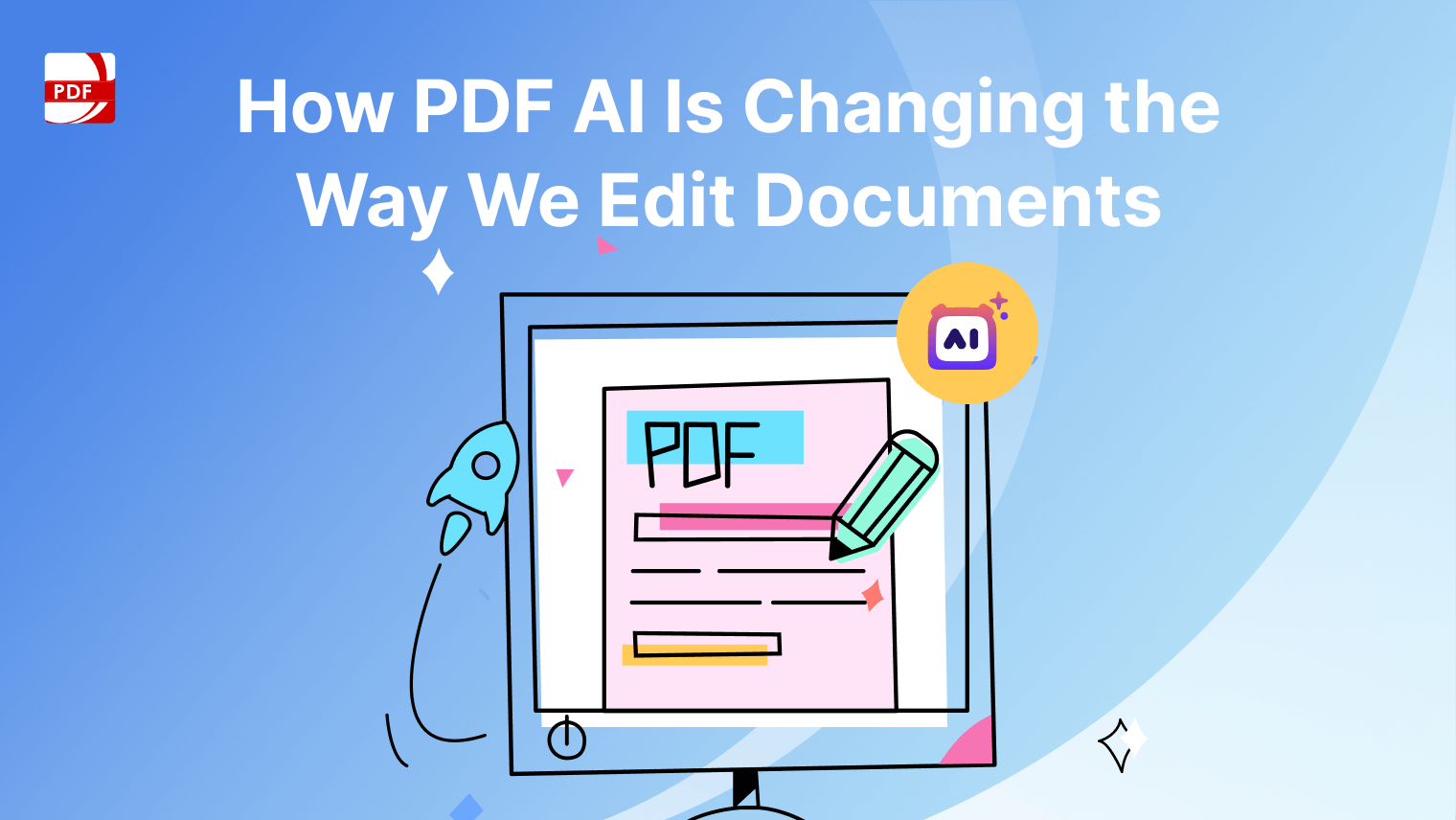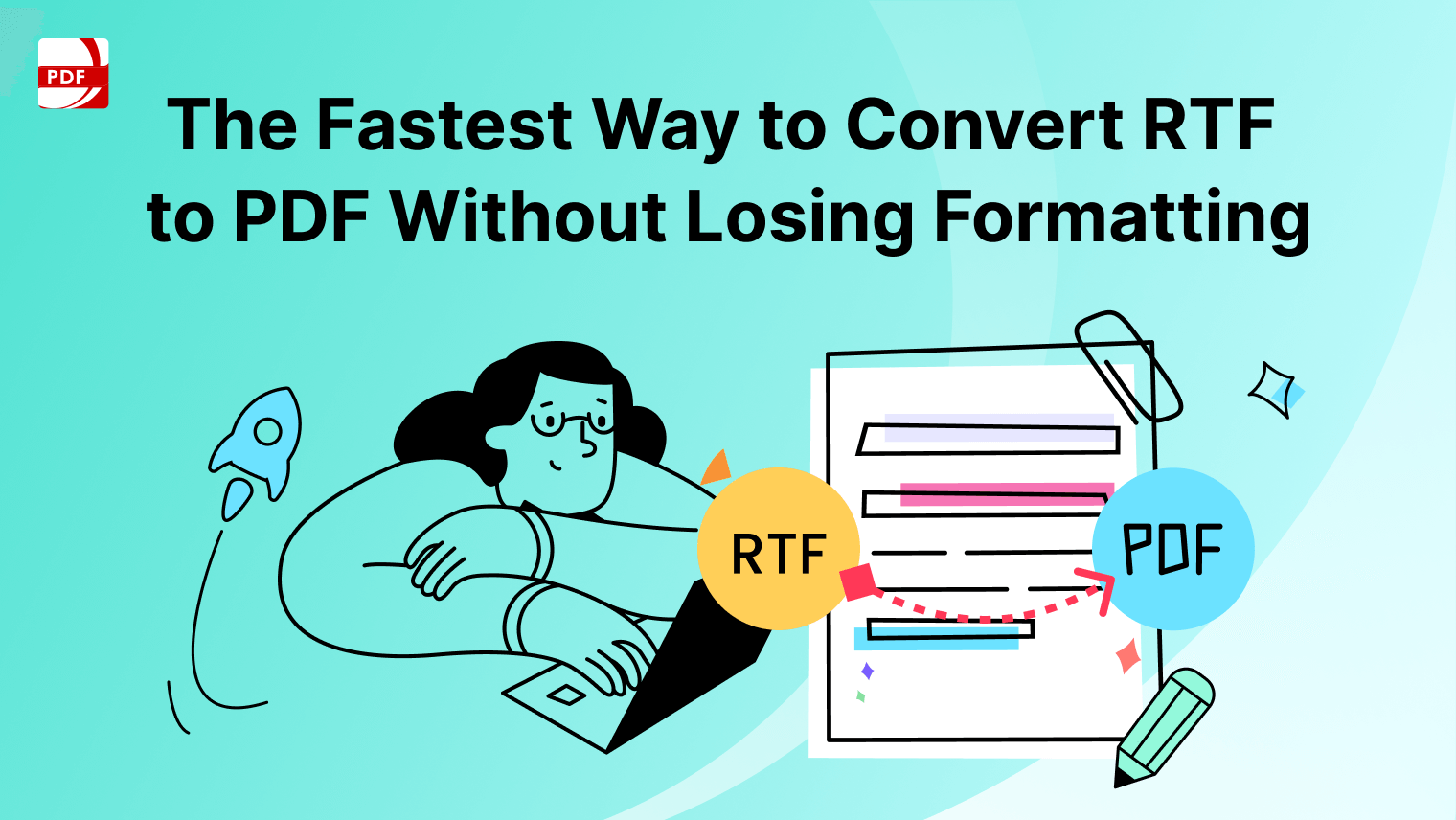Have you ever found yourself stuck with a PDF file that just won't cooperate when you try to make edits? It's a common scenario.
Whether it's a form needing filling out, a document requiring updates, or a report that could use editing. Making a PDF editable doesn't have to be a daunting task.
With the right approach and tools, editing your PDF documents can be straightforward and stress-free.
Key Editing Features of PDF Reader Pro
PDF editing software has become indispensable for professionals, students, and anyone. Among the range of options available, PDF Reader Pro stands out as a comprehensive tool designed to cater to a wide range of PDF editing needs.
Text Editing
One key feature that sets PDF Reader Pro apart is its text editing capabilities. Users can effortlessly add, delete, or modify text directly in PDF documents. This flexibility is crucial for making quick edits or updates without re-reverting to the original file, saving time and effort in fast-paced environments.
Advanced Image Manipulation
PDF Reader Pro excels in image manipulation, allowing users to insert, replace, resize, and adjust images within their documents. This feature is especially beneficial for those looking to create visually compelling documents or needing to update graphical elements like graphs and logos efficiently.
OCR Technology
The software's integration of Optical Character Recognition (OCR) technology. It converts scanned documents or images with text into editable and searchable text formats. This functionality is essential for digitizing and managing paper documents more effectively, facilitating easier archiving, searching, and editing.
Cross-Platform Compatibility
Its compatibility across various platforms makes PDF Reader Pro a standout choice. Whether working from a Windows, macOS, iOS, or Android device, PDF Reader Pro ensures you can access and edit your PDFs without any barriers. This cross-platform accessibility is vital for those who use multiple devices and need a reliable tool that aligns with their dynamic workflows.
Guide to Using PDF Reader Pro's Annotation Tools
PDF Reader Pro is known for its editing capabilities and comprehensive suite of annotation tools. Here's a simple guide to help you utilize these tools effectively.
Step 1: Open Your Document
Start by opening the PDF document you wish to annotate in PDF Reader Pro. You can do this by selecting the 'Open Files' option from the File menu and navigating to the document's location on your device.
Step 2: Access the Annotation Toolbar
Once your document is open, look for the annotation toolbar at the top of the interface. This toolbar is your gateway to all the annotation tools available in PDF Reader Pro, including highlights, notes, shapes, and more.
Step 3: Select Your Annotation Tool
From the annotation toolbar, choose the tool you want to use. The options might include:
- Highlighter: To emphasize important text.
- Sticky Notes: To add comments or notes.
- Underline or Strikeout Tools: For specific text annotations.
- Shapes (Circles, Arrows, etc.): To draw attention to particular areas.
Step 4: Apply Annotations
With your chosen tool selected, click or tap on the document where you want to apply the annotation. Select the text first for text highlights, then choose your highlight color. If you're adding a note, click where you want the note to appear, and a text box will open for you to type your comment.
Step 5: Customize Your Annotations
Many annotation tools in PDF Reader Pro allow for customization, such as changing colors, adjusting sizes, or editing the text in notes. Make use of these options to make your annotations clear and effective for your specific needs.
Step 6: Save Your Annotations
After annotating the document, don't forget to save your changes. Go to the File menu and select 'Save' or use the shortcut (often Ctrl+S on Windows or Cmd+S on macOS) to ensure your annotations are not lost.
Tips for Efficient PDF Editing
Utilize Keyboard Shortcuts
Keyboard shortcuts are a game-changer for speeding up the editing process. Familiarizing yourself with these shortcuts can help you perform actions much faster than navigating through menus. Common shortcuts include:
| Shortcut | Action |
|---|---|
| Ctrl+C / Cmd+C | Quickly copy selected text or images. |
| Ctrl+V / Cmd+V | Paste copied content into your document. |
| Ctrl+Z / Cmd+Z | Instantly undo your last action. |
| Ctrl+F / Cmd+F | Find specific text within your document. |
Batch Processing for Repetitive Tasks
If you're working on multiple documents or have repetitive tasks, batch processing can save a lot of time. PDF Reader Pro and similar software often offer features to apply certain actions like OCR, watermarking, or converting files to multiple documents at once.
Look Creating and using templates can significantly speed up the editing process for documents you work with regularly—such as invoices, reports, or forms
Use Templates for Common Document Types
Creating and using templates can significantly speed up the editing process for documents you work with regularly—such as invoices, reports, or forms. Once you've set up a template with the basic structure and elements you need, you can reuse it for future documents. This approach eliminates the need to format and add common elements from scratch each time.
Organize Your Workspace
A cluttered workspace can hinder your efficiency. Organize your digital workspace by keeping all related PDFs in specific folders. Use descriptive file names to easily locate your documents. closing unnecessary applications and tabs can help your computer run faster and reduce distractions.
Review and Proofread with Annotations
Finally, annotation tools should be used to review and proofread documents. Annotations like comments, highlights, and notes can help you track changes, make suggestions, and communicate with collaborators without altering the original text. This is especially helpful in the revision stage of document preparation.
Add or Modify Document Security
Sometimes, the inability to edit a PDF stems from security restrictions placed on the document. You can adjust these settings to enable editing if you have the necessary permissions. This process typically involves entering a password to change or remove restrictions, allowing you or others to make edits freely.



